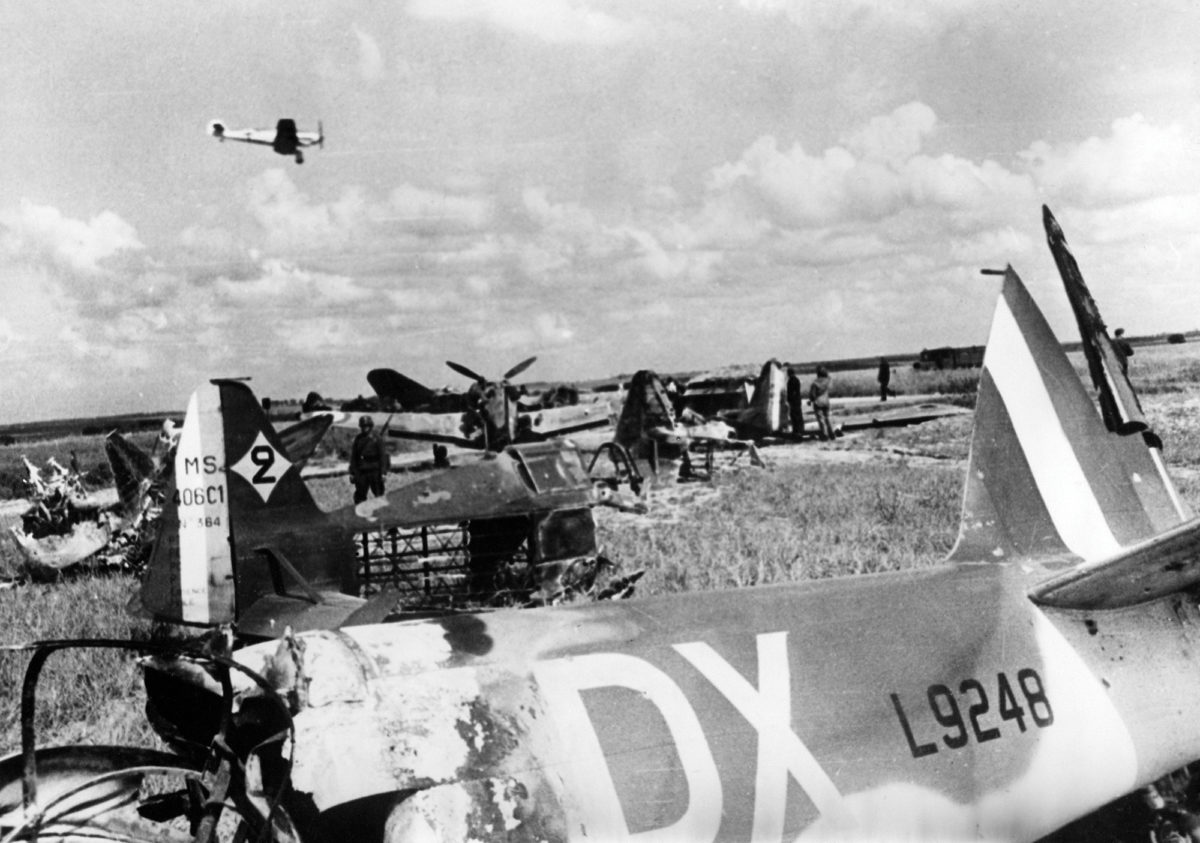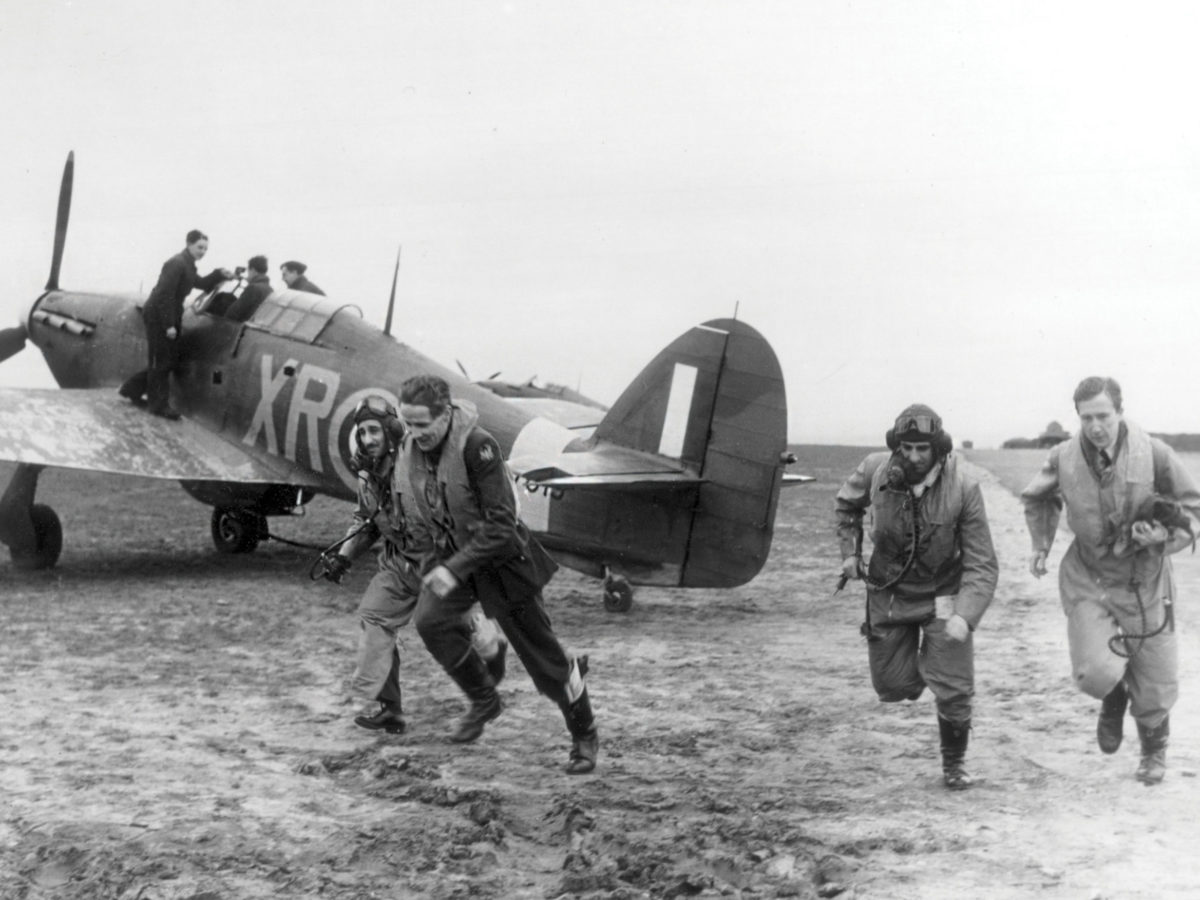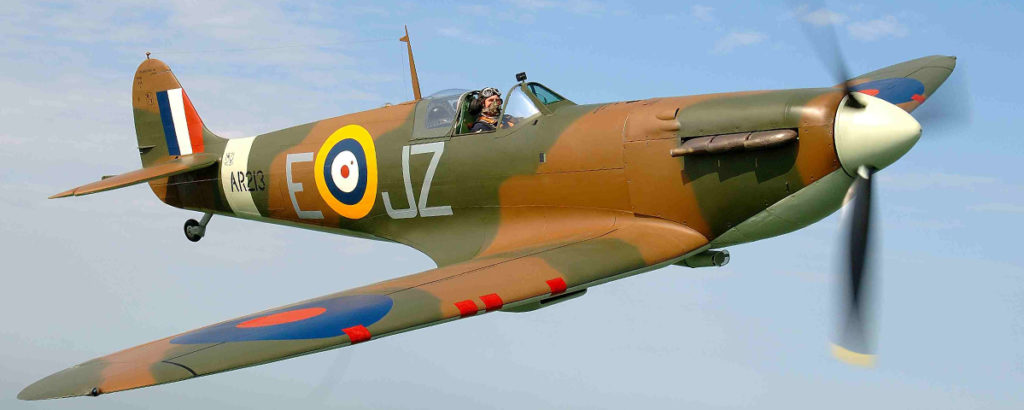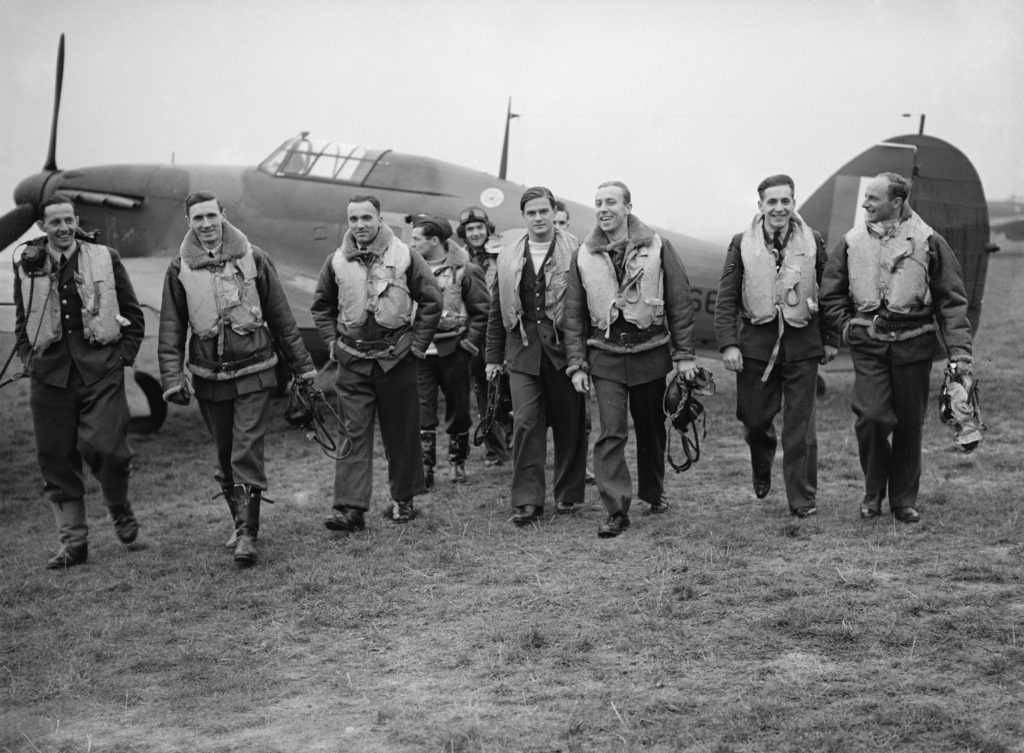The German attack on France, Belgium and the Netherlands in May 1940 has gone down as the classic example of Blitzkrieg (lightning war). The ignominious collapse of the French army in June occurred despite the fact that it possessed more tanks and better anti-tank guns than the Wehrmacht. Where the French were weak was in combat aircraft, though the deficiency in numbers was perhaps less significant than sometimes claimed. Yet many histories cite the poor performance of the French air force, the Armée de l’air, as a major reason for France’s defeat. Was it as bad as we’ve been led to believe?
For their western campaign the Germans had available about 1,000 Messerschmitt Me-109E single-engine and 250 Me-110C twin-engine fighters, compared to a total of fewer than 800 modern French, British, Belgian and Dutch single-engine and 120 Dutch and (mainly) French twin-engine fighters. During the first few days, in the expectation of a very rapid conquest of the Netherlands, the Luftwaffe concentrated 180 Me-109Es and 62 Me-110Cs against 29 Fokker D.XXIs and 23 Fokker G.Is of the Dutch army aviation brigade. With reinforcements of British Hawker Hurricanes arriving within hours of the opening of the German offensive and the Me-110 proving less effective than expected, the Germans had almost no numerical advantage in fighters on the French and Belgian fronts.
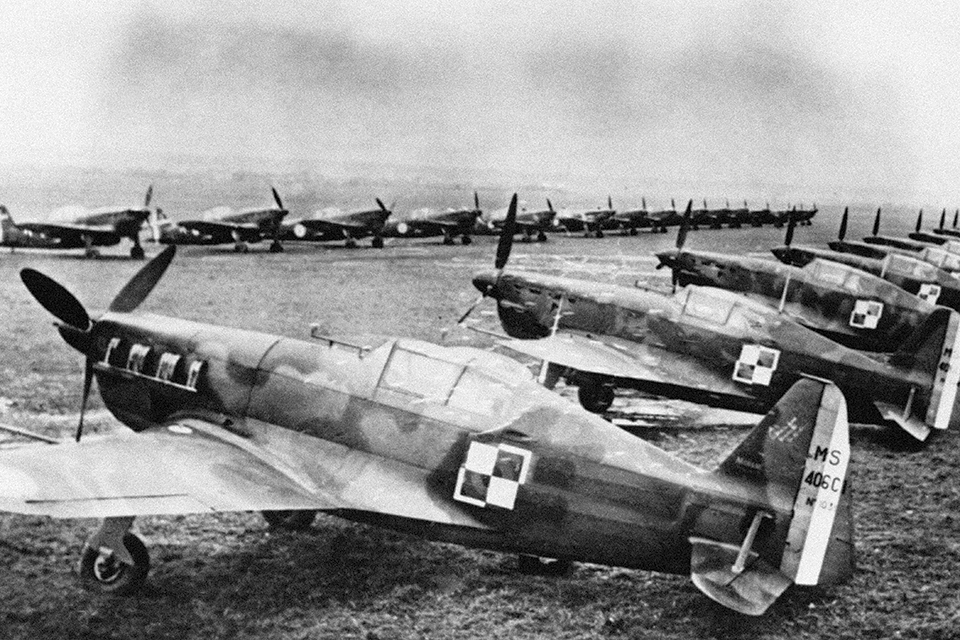
All the Allied fighters were slower than the Me-109E, but they were also more maneuverable. The most numerous fighter type on the French side was the Morane-Saulnier MS.406. It was regarded as obsolescent and three groupes de chasse (fighter groups) were in the process of changing over to newer types during the May-June campaign. Nevertheless, the MS.406 was by no means ineffective in combat. Robert Williame of GC I/2 was flying one when he shot down three Me-109Es on the morning of June 8 and followed up by shooting down three Junkers Ju-87B dive bombers that afternoon.
The Luftwaffe did have an overwhelming superiority in bombers: nearly 1,200 Heinkel He-111, Dornier Do-17 and Do-215 and Junkers Ju-88 twin-engine bombers and 340 Ju-87 Stukas against about 400 Allied bombers, including 38 Vought V-156F and Loire-Nieuport LN.411 dive bombers of the French navy. French bombardment groups were even more behind in introducing new types than were the fighter groups. Units equipped with the new Lioré et Olivier LeO.451 still had problems with its overly complex hydraulic, electrical and pneumatic systems, exacerbated by a shortage of spares. Units re-equipping with American Martin 167 and Douglas DB-7 bombers could not be deployed in action until May 22 and 31, respectively, due to delays in fitting their armament. And the Amiot 351 and 354 (single- and twin-fin version of the same design), which were superior to Germany’s Ju-88, were only just beginning to come off the production line and did not see action until June 4, and then only at night. Most of the British bombers in France were single-engine Fairey Battles with a bombload of just 1,000 pounds.
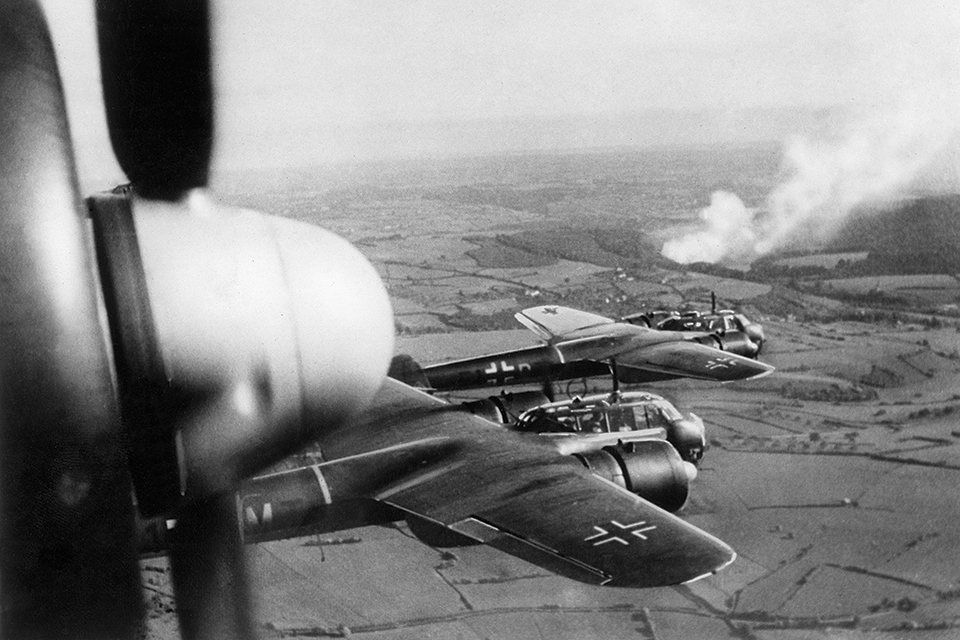
It is doubtful, however, whether the Germans obtained much benefit from their numerical superiority in bombers. Their employment on May 10, the first day of the battle, to attack Allied aerodromes yielded disappointing results typical of their performance during the campaign as a whole. Thirteen of the Belgian air force’s 49 fighters were destroyed on the ground but only 31 first-line French airfields out of 91 were attacked (along with 16 aerodromes without combat aircraft) and just two army observation units and a squadron of V-156Fs were put completely out of action. The destroyed aircraft were quickly replaced from reserves, as were the few fighters lost by various units. A number of attacking aircraft were shot down by anti-aircraft fire, and during the afternoon of May 10 German bombers that were supposed to strike the airfield at Dijon-Longvic mistakenly dropped their bombloads on Freiburg in southwest Germany 140 miles away, killing 57 civilians and injuring 101 more.
Heavy bombing of French positions at the Meuse River crossing in the Sedan sector on May 13 gave little practical assistance to German troops forcing the river crossing, and at Dinant, farther north, Erwin Rommel’s 7th Panzer Division crossed without any help from the Luftwaffe. Most subsequent German bomber activity was dispersed, desultory and in small formations.
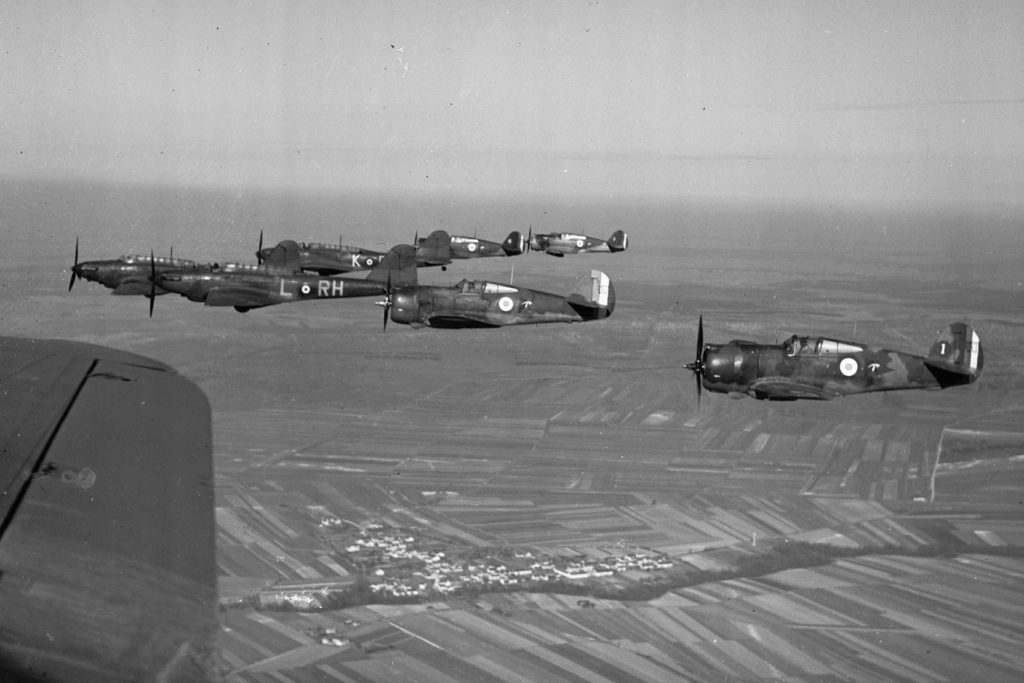
The Luftwaffe’s biggest single raid in the May-June campaign was on aerodromes, railway stations and factories in the Paris region on June 3. Up to 300 bombers sortied, destroying 16 French aircraft on the ground (plus 17 shot down by escorting Me-109Es), damaging several railway stations that were quickly repaired but causing a major fire in the Citroën automobile plant. The raid killed 32 military personnel and 195 civilians.
It is generally supposed that the Germans also had a major advantage in anti-aircraft guns. The figures given by Alistair Horne in his book To Lose a Battle: France 1940 are often quoted: 2,600 88mm heavy anti-aircraft guns and 6,700 37mm and 20mm light automatics. This is a ludicrous exaggeration. According to German sources, the real figure is about 300 88s, fewer than 100 37mm guns and about 1,000 20mm guns operated by Luftwaffe flak troops, plus a dozen 20mm guns with army crews assigned to each of the invading army’s 10 armored divisions. On the Allied side the British Expeditionary Force alone had more than 250 heavy anti-aircraft guns and 300 40mm Bofors. The Belgians and Dutch had an additional 100 or so Bofors and the French 1,152 25mm guns. The French, Belgian and Dutch also had between them more than 50 heavy anti-aircraft guns and nearly 800 75mm anti-aircraft guns. In other words the Allies had about the same number of 20–25mm anti-aircraft guns, at least four times as many in the 37–40mm class and nearly four times as many heavy anti-aircraft guns as the Germans.
During the first week of their offensive the Germans assembled impressive concentrations of flak at the Meuse River crossings at Maastricht and west of Sedan, but that was because they knew where to expect Allied aerial activity. Later on, as German spearheads moved deeper into France and Belgium, the Luftwaffe flak units proved better at getting in the German army’s way than at being in the right place to defend it, and showed themselves to be as keen to shoot at things on the ground as in the air. Figures vary, but from 152 to 331 French and British tanks were claimed as destroyed by Luftwaffe flak. At the same time the Luftwaffe attributed about 14 percent of its own aircraft losses to Allied anti-aircraft gunners, who also seemed quite adept at shooting down aircraft on their own side: French anti-aircraft guns allegedly downed five British planes on the first day of the German attack alone.
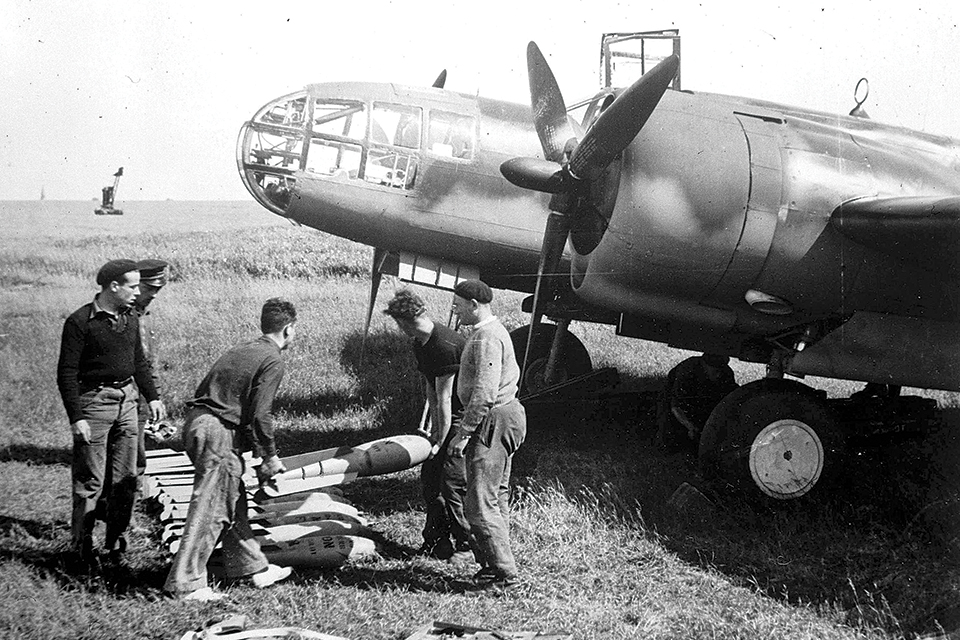
As with the armored formations in the ground fighting, overall numbers were evidently less important than the use made of what was available. Though brand-new Breguet Br.693 assault bombers were sent into action within hours of being fitted with their bomb-release gear, most French bomber units were held back in expectation of a drawn-out campaign. The major Allied effort to destroy the Meuse crossings west of Sedan on May 14 consisted of 109 sorties by the British Royal Air Force and 29 by Armée de l’air bombers. On May 17 French air force bombers carried out six sorties and French navy dive bombers 20. On the 23rd the air force managed just two bombing sorties and the surviving navy dive bombers six, with Latécoère 298 floatplanes based at Cherbourg carrying out a further 18 bombing missions south of Boulogne.
Recommended for you
Quite early in the campaign a British intelligence officer in France remarked, “It is felt here that with 500 more aircraft at our disposal the German advance would have been utterly smashed as a result of our bombing of the immense and recklessly vulnerable targets offered to our aircraft in the form of close columns on the many routes of the enemy’s advance.” That is a very questionable assertion. Allied ground units on the move suffered in most cases little disruption from enemy bombing (“noisy but comparatively inaccurate,” as one British officer noted) despite the Germans’ superior numbers. Perhaps the only time a decisive deployment of France’s admittedly inadequate resources might have made a difference was during what has been described as “the hitherto biggest known traffic jam in Europe,” a line of military traffic, headlights full on, stretching back for 60 miles through the Ardennes and into Germany during the night of May 12-13. The jammed-up German advance had been reported in good time by the crew of an Amiot 143 night bomber, but the French were unable to respond on short notice. In the end the peak French bomber effort in the campaign was 126 sorties against various targets on June 5.
The small number of French bombers and their somewhat desultory employment might have tended to lay a greater burden on the French fighters. As there was no radar network covering France’s eastern frontier, it was impractical for French fighters to respond to individual incursions by small Luftwaffe formations. The French could either ignore the Luftwaffe altogether and concentrate on direct intervention in the ground fighting, or find some other means of engaging the Germans above the battlefield. Although some French fighters had been equipped for ground attack, it was not until June 5 and 8 that they struck German tanks in any strength, suffering heavy losses from flak.
Trying to find the Luftwaffe in the air by patrolling was almost useless. With a long border and 16 hours of summer daylight flying time, one or two patrols a day were unlikely to encounter the Germans. Thus GC I/5 flew seven patrols on May 17 involving 45 Curtiss H75 Hawks, only one of which encountered German aircraft, and on June 12 seven patrols by 21 Hawks resulted in the destruction of a Henschel Hs-126 observation plane whose rear gunner caused so much damage to two of the three attacking Hawks that they had to make forced landings. Both GC I/5 and GC II/5 reported instances of group attacks on single unescorted Do-215 bombers that were able to escape when the French fighters used up all their ammunition.
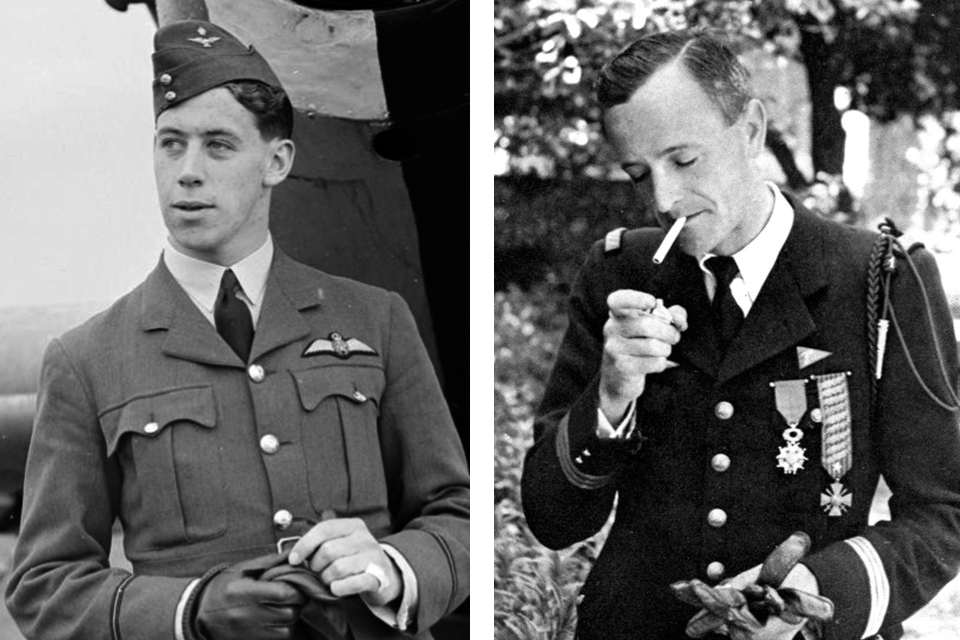
As more fighter units were belatedly brought into action, the tempo of French fighter activity increased. From May 10 to 21, 2,675 fighter sorties were flown (an average of 223 a day), while from June 4 to 10 more than 2,000 were flown (say 286 a day). Nevertheless, some units were evidently carrying out more than one mission a day while others were flying none. Later it was reported that though 20mm ammunition for the French cannon-armed fighters had been coming from factories at the rate of a million rounds per month, only 80,000 rounds had been fired off in the whole six-week campaign. Meanwhile the RAF was running out of machine gun ammunition for its Hurricanes in France.
New Zealander Edgar Kain, the leading Allied ace up till the French capitulation despite being killed in a flying accident on June 7, was credited with unassistedly shooting down 16 German aircraft. Meanwhile, the leading French ace, Edmond Marin la Meslée, though also officially credited with 16 victories, had actually shot down only four on his own, the other 12 being shared with colleagues but, in accordance with French practice dating to World War I, counted each as a single victory for each of the participants.
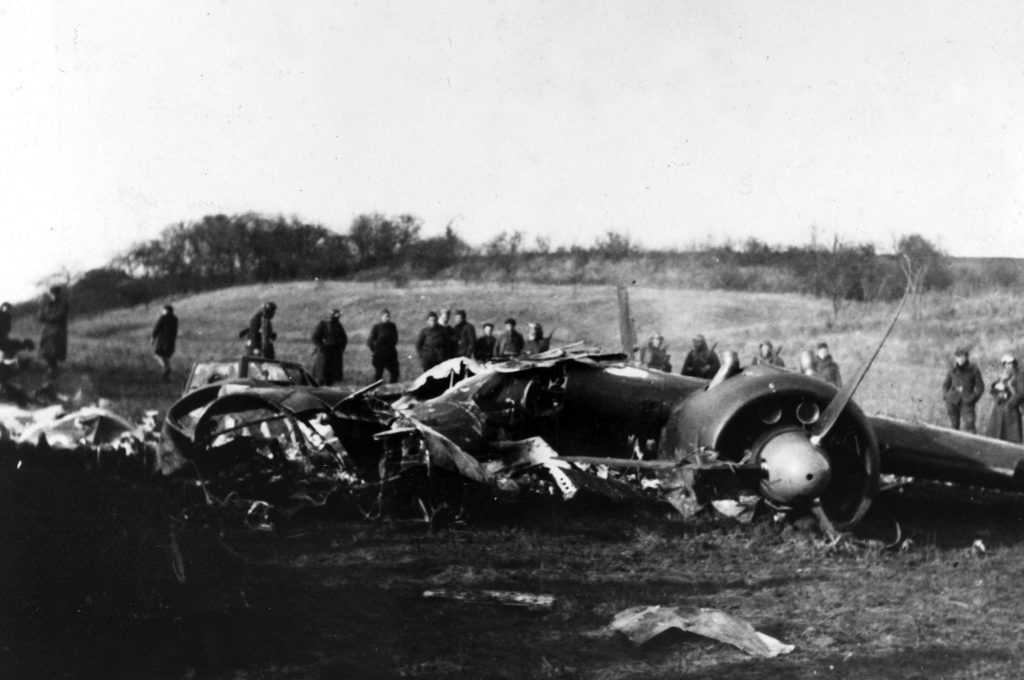
By early June a flood of replacement aircraft was reaching French frontline units, though most of them were lacking vital equipment and could not be flown. Many Potez 63.11 reconnaissance aircraft even lacked propellers, and there was also a shortage of replacement aircrews for them. The 63.11 nevertheless achieved the distinction of being shot down in greater numbers than any other French type. That it was not employed in greater numbers (suffering even more losses) was due to the astonishing confusion that prevailed in the French air force administration. On May 17, for example, 30 63.11s were made available from training schools for use by combat units, and though the crews were stationed nearby, the order for these aircraft to be handed over still had not been issued a month later. And the delay in deploying imported American bombers was due in part to holdups in the delivery of machine guns, bomb racks, radios and intercom gear from French factories.
Confusion in administrative arrangements was paralleled by lack of clear thinking with regard to how best to employ air power. The official French strategy for deployment of tactical air units, issued on March 31, 1937, spoke grandly of the Armée de l’air’s ability to choose whether to attack the enemy air force, army or navy, and whether to do so either with or without the cooperation of other arms, and referred to attacks on enemy centers of production and communication, and on military units on the move, including armored formations. The French air force did in fact possess useful 1:25,000 maps of the Ruhr industries (which it did not use), but its maps of the German railway and Autobahn systems were on too small a scale to be of assistance in attacks on communications.
In any case, the French army, in the person of General Maurice Gamelin, overall commander of the French armed forces, insisted, “There is no such thing as air battle, only battle on land.” General Joseph Vuillemin, head of the Armée de l’air, probably agreed with him and toyed only briefly with a scheme to detach aviation units from a zonal organization linked to the army’s defensive zones and to establish a unified strategic command structure.
GET HISTORY’S GREATEST TALES—RIGHT IN YOUR INBOX
Subscribe to our HistoryNet Now! newsletter for the best of the past, delivered every Monday and Thursday.
The French air force’s subordination to the army command was actually cited by British critics of what they regarded as the excessive autonomy of the RAF, but in practice nobody had quite figured out what that subordination was to consist of. General François d’Astier de la Vigerie, commanding aviation in the northern army zone, later claimed that “almost every evening” during the May-June campaign he had to telephone the northern zone army commanders to remind them of the availability of air support and to ask, “Have you got a job for them?” The invariable response: “Thanks very much but we haven’t any work for them.”
General Lucien Girier, placed on May 26 in command of a combined fighter/assault bomber force to assist the Seventh Army, never received a single request for aid even when his responsibility was extended to cover the Tenth Army area in June. Girier had to send out attack missions on his own responsibility and on the basis of intelligence supplied only by personnel under his direct command. It was later discovered that Vuillemin’s headquarters did in fact receive at least one request for assistance from the Seventh and Tenth armies but did not pass it on. On June 4, when the Tenth Army launched an attack on the German bridgehead at Abbeville, Astier de la Vigerie proposed a preliminary aerial bombardment at dawn, but the army staff had already scheduled the attack for 4 a.m. and refused to make the slight postponement a dawn attack would have required. When Astier de la Vigerie raised the matter with Tenth Army commander General Robert Altmayer, he responded: “What shall I do with all this aviation? I already have such an abundance of artillery I can hardly deploy it.” Of course after the battle the army generals were not slow to attribute the completeness of their defeat to the “inferiority of our aviation.”
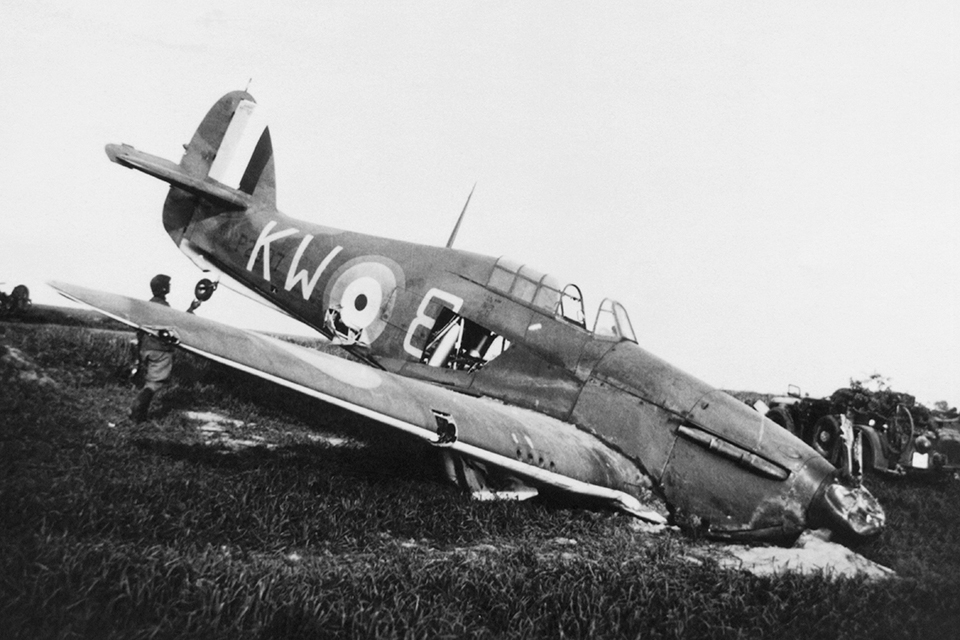
Astier de la Vigerie later complained of Vuillemin’s “vainglorious orders, orders for posterity.” The air force commander also made would-be morale-boosting visits to French air bases to shake hands with everyone and tell them, “You’ve met the Boche, it’s been very tough, very tough, I thank you. I’m proud of you.” That sort of thing did not impress senior British officers who had to deal with him. Less than three weeks into the German offensive, Air Commodore Douglas Colyer, the British air attaché in Paris, reported: “There are few officers in the French Air Force of really first class mental calibre….On the other hand, there are many general officers who, while undoubtedly very brave pilots in the last war, are not sufficiently educated to make commanders of important formations. Among these, I fear, must be classed General Vuillemin.” Later Maj. Gen. E.L. Spears, the British liaison officer to the French government, described Vuillemin as “a pilot of the last war who had gone to seed….Rather fat, rather pasty, bursting out of a uniform several sizes too small….He never contributed or said anything, but just looked on with the bewildered washed-out eyes of an ancient celluloid doll floating on the opaque waters of the bath….”
In the opinion of Pierre Cot, who had been the French aviation minister in 1933–34 and 1936–38, “Armée de l’air command bears the shame of having lost the battle without having fought it.” That judgment is probably too harsh. It may be that with fewer resources the French air force had proportionately even less influence than the Luftwaffe on the ground fighting, but it was on the ground that the campaign was won and lost. The failures of the Armée de l’air were a symptom, not a cause, of the French military collapse.
Perhaps the chief result of the air combat in May and June 1940 was to persuade the Luftwaffe that it had won an air superiority campaign when it hadn’t: The level of French (and British) air activity actually increased as the campaign progressed. Barely a month after the French capitulation, the Luftwaffe, emboldened by its largely illusory success against weaker opponents, embarked on a new air superiority campaign over southern England, and this time the weaker side prevailed.
A.D. Harvey taught at the Universities of Cambridge, Salerno, La Réunion and Leipzig before becoming a full-time writer. Further reading: The Blitzkrieg Legend: The 1940 Campaign in the West, by Karl-Heinz Frieser with John T. Greenwood.
This feature originally appeared in the May 2020 issue of Aviation History. To subscribe, click here!

